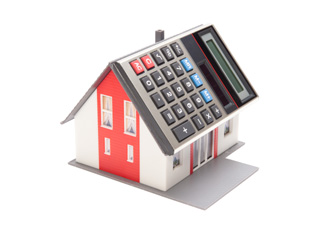As seasoned auction specialists, one of the most common questions we encounter is: “When is the best time to buy or sell at auction?” The answer to this is both simple and nuanced. Historically, certain months and periods in the auction calendar have been seen as optimal for buyers or sellers, but the market has evolved significantly. Auction cycles are no longer as predictable as they once were, and various factors now influence when it’s best to make a move.
December and January, for instance, are excellent months for stepping back and assessing the property market from a macro perspective. These months often provide an opportunity to review market trends, evaluate the success of past transactions, and plan for the year ahead. It’s a reflective time when both buyers and sellers can refine their strategies, whether they’re seasoned investors or newcomers to the auction world. For investors, this period can serve as a critical reset to understand evolving market dynamics, shifting buyer behaviours, and the potential impacts of external factors like interest rates or government policy changes.
In the past, there were clear patterns. Sellers traditionally favoured spring and early summer auctions (March through June), when buyer activity and market confidence were at their peak. Buyers, on the other hand, often found the quieter months like August and December more advantageous, with fewer competitors in the room and motivated sellers keen to close deals before holidays or year-end deadlines. These cycles were relatively predictable, making it easier for investors to plan purchases or sales.
However, the dynamics of the auction market have shifted in recent years. Modern auctions, particularly with the rise of the Modern Method of Auction (MMoA), have disrupted traditional cycles. The once-clear seasonal patterns have become more fluid, with auctions occurring year-round and properties entering the market at any time, often driven by sellers’ personal circumstances rather than seasonal trends. Today, timing depends less on the calendar and more on understanding the motivations of individual sellers and the market context.




















